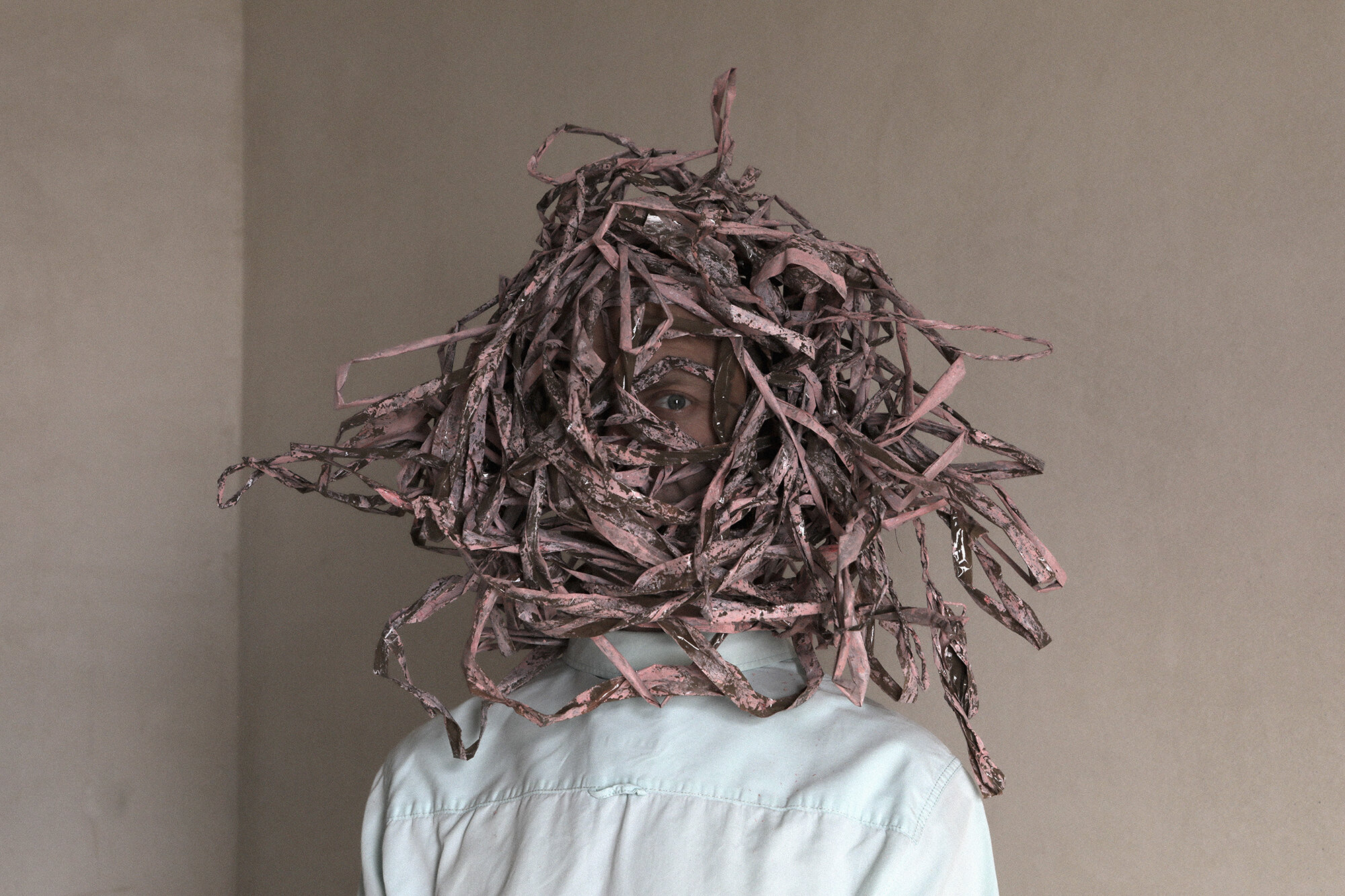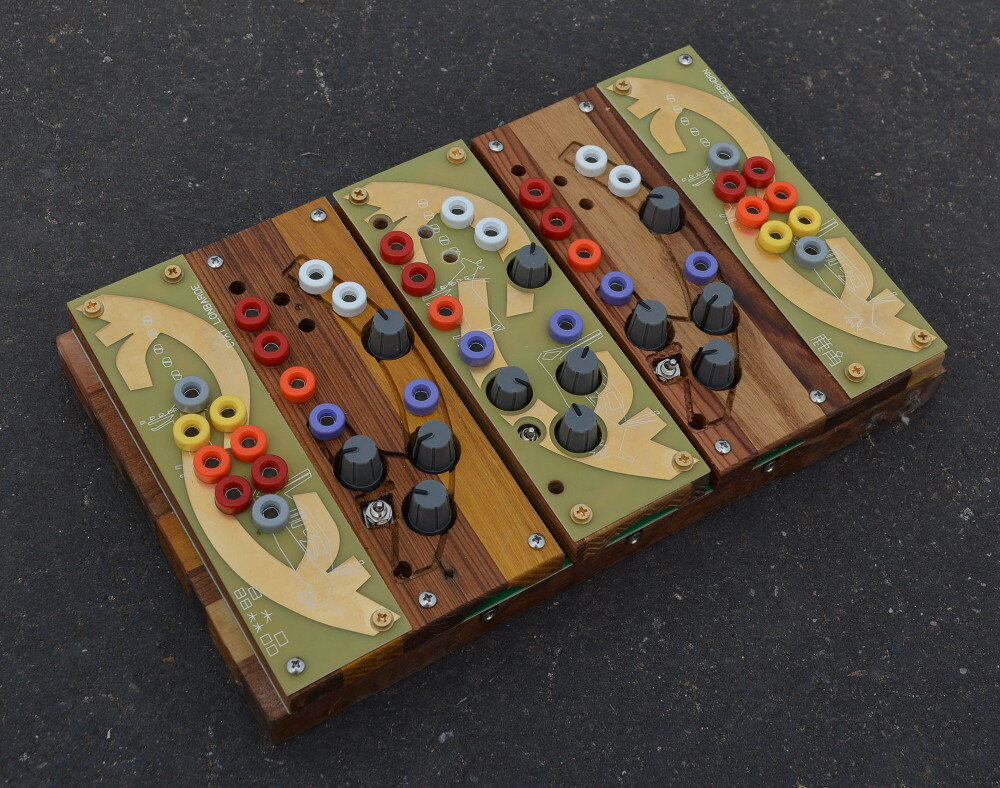
Phantosmia
2021
New music, performance, film, and radio.
Supported by Creative Scotland.
Phantosmia
2021
Score for violin, viola, cello & clarinet. Dur. 5 mins.
First performed by Red Note Ensemble, May 2021.
This short piece of music is inspired by a brief yet powerful hallucinated smell that sometimes precedes an epileptic seizure.
A phantom smell, or ‘phantosmia’, typically lasts for a short time, five to ten seconds only. Though immaterial, and therefore imagined, the scent has however been described by different people in surprisingly similar terms: acrid, chemical-like, charred toast, or burning rubber. Despite being imperceptible to anyone else, a phantom smell is nonetheless ‘real’ to the epileptic who experiences it.
Phantosmia considers this strange, frightening episode and its aftermath (sufferers often report that their sense of taste and smell are affected for up to forty-eight hours after the seizure). The score includes instructions to the players to sniff and sing along with their instruments in attempt to convey a heightened atmosphere where one’s sense of sound and smell may momentarily fall out of tune with reality.
Uncus*
2021
Performance at Dundee Rep Theatre, May 2021.
Dur. 5 mins.
A series of songs written in response to the MRI human-body scanner and performed live in costume.
Lyrics to the songs include the sequence of letters and numbers that make up the titles of the thirteen MRI scans used to diagnose brain abnormalities, plus a list of names of famous epileptics throughout history (mainly artists and despots).
First performed at Dundee Rep Theatre as part of musician Kathryn Joseph's Area of a Circle, May 2021, the first live event with audience at the theatre in over twelve months since lockdown began. Inside the theatre, a small gathering of just thirty people were joined by an online audience of more than five hundred.
Watch a short extract of the full half-hour performance below.
———
*The uncus, meaning 'hook' on account of its curved shape, is the innermost part of the brain where temporal lobe seizures originate and which are sometimes preceded by a sense aura, such as déjà vu, or smell hallucinations (phantosmia).
Esters*
2021
Experiment with Deerhorn.
Dur. 2 mins.
A development of the idea of exploring ‘smell auras’ through sound using a Deerhorn organ.
The Deerhorn is an electronic instrument that is played without touching. The instrument responds to gesture, using the proximity of the hands to control pitch and envelope. By tuning three separate antennae, you can quickly achieve complex frequency combinations or chords. Yet like the Theremin, the Deerhorn’s hundred-year-old predecessor, the instrument is difficult to play ‘in tune’, other than with itself.†
The result here is a very restrained, articulated piece that drifts between harmony and dissonance.
———
* The name ester is totally invented, made up by chemist Leopold Gmelin in 1852 by combining the German words for ‘vinegar’ and ‘air’, Essig + Äther, to make ‘Ester’. My use of it here refers to the experimental practice of presenting different esters and other odorous substances to epileptics at the point of sensory hallucinations — especially those who had previously experienced episodes of phantosmia — to try and halt the seizure spreading to other parts of the brain. Such materials included jet (‘burning coal’), amyl nitrate (‘dirty socks’), and ethyl butyrate (‘pineapple, cognac’). For a brief overview of the uses of scent to counteract seizures, see Colin Grant, The Smell of Burning: A Memoir of Epilepsy (London: Vintage, 2016) pp 36-37.
† On tuning as a process of bringing multiple elements into a state of ‘rightness’ with one another, David Wellbery in his essay Stimmung says this: ‘Tuning [Stimmung] refers to the process by which parts of an instrument (e.g. the lengths of its strings) or a number of instruments are placed in relation to each other. The aim of this procedure is the coordination (harmonisation) of their (the parts of the instruments) playing together.’ (p.10). Tuning the Deerhorn is complex in that one has to consider multiple elements at once: the position of the limbs, the posture of the body, objects in the room, and the room itself — that is, the moisture in the air.
Deerhorn organ by Ciat-Lombarde. Image: Peter Blasser.


